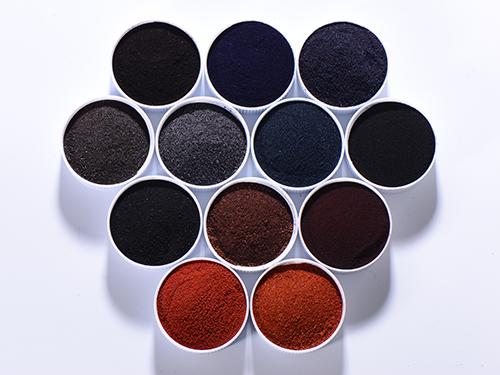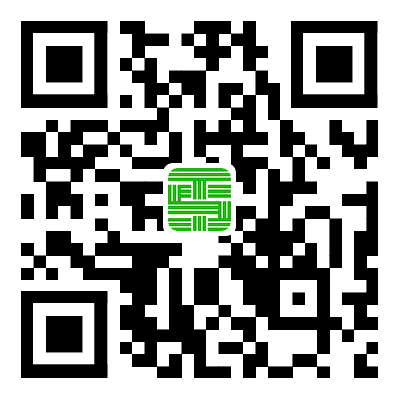
1、 Why is it required to use a small amount of cold water to mix the slurry first when using chemicals, and the temperature of the chemicals should not be too high?
1. The purpose of first mixing with a small amount of cold water is to make the dye easily and fully wet. If the dye is directly poured into water, the outer layer of the dye forms a gel, wrapping the dye particles, making it difficult for the inside of the dye particles to be wet and difficult to dissolve. Therefore, a small amount of cold water should be used first to mix, and then hot water should be used to dissolve.
2. If the temperature of the chemical material is too high, it will cause the hydrolysis of the dye and reduce the dye fixation rate.
2、 Why should the feeding be slow and uniform?
This is mainly to prevent the dye from dyeing too quickly. If the dye is added quickly at once, the dyeing rate will be too fast, which will make the outer layer of the fiber deep and the inner layer light, which is easy to cause color or streaks.
3、 Why do we need to dye for a certain period of time (such as 10 minutes) before adding salt after adding the dye?
Salt is a dyeing promoter. When the dye reaches a certain degree of saturation, it is difficult to continue dyeing. Adding salt is to break this balance, but it takes about 10-15 minutes before salt is added to promote dyeing, so that the dye can fully penetrate evenly. Otherwise, it may cause streaks and discoloration.
4、 Why should salt be added in batches?
The purpose of adding salt in stages is to evenly promote dyeing, so as to avoid too fast dyeing and causing color changes.
5、 Why does it take a certain amount of time (such as 20 minutes) to fix the color after adding salt?
There are two main reasons: A. It allows the salt to dissolve evenly in the tank, fully promoting staining; B. It is to allow the dye to enter saturation and reach equilibrium, and then add alkali fixation to achieve the highest dye uptake.
7、 Why should alkali be added in batches?
The purpose of adding in batches is to ensure uniform fixation and prevent color distortion. If added at once, it can easily cause excessive concentration of local residual liquid and accelerate fiber reaction, which can easily cause discoloration.
8、 Why must the steam be turned off first when adding materials?
The purpose of turning off the steam before adding materials is to reduce stripe differences and prevent color changes. When the temperature on both sides of the control cylinder rises above 3 ℃, dyeing has an impact. Strips appear when the temperature exceeds 5 ℃, and the machine is shut down for maintenance when the temperature exceeds 10 ℃. Someone has tested that the cylinder is rotated vertically for 10-15 minutes after steaming, and the temperature inside the cylinder is basically uniform and equal to the surface temperature. Therefore, when adding materials, regardless of whether H202 is added during chlorine cooking or dye salt or soda ash during dyeing, the steam should be turned off before adding materials.
9、 Why is the process insulation time ensured after adding alkali?
The insulation time should be calculated only after adding alkali and heating up to the process insulation temperature. Only by cutting the board according to the process insulation time can quality be guaranteed, because the insulation time is determined based on the amount of dye required for reaction, and the laboratory also takes samples at this time.
10、Several cases of unstable quality caused by not cutting according to process regulations.
1. The time has not arrived for the "right" color cutting board.
Due to issues such as board making, material weighing, and fabric weight to bath ratio, color deviation can occur. Abnormal situations such as "matching" the color before the time is up should be reported to the team leader or technician. However, shortening the process, holding time, insufficient dye reaction, unchanged color dyeing, uneven dyeing, lack of fullness, and color fastness are also issues.
2. Cutting the board early and inaccurate feeding.
The dyeing of dyes can only be stable after reaching the process insulation time. The earlier the cutting time, the greater the change, and the more unstable it becomes. If the time is not up to the cutting time, (after boiling, scouring, washing, and drying, it is sent to the technician for color matching. By the time of issuing the order and weighing the material, the actual insulation time of this cylinder of cloth has been extended, and the dyeing has also increased. The cylinder of cloth added with supplementary material is too deep, and it needs to be lightened again.)
3. Extending the cutting time is not beneficial.
Cutting the board beyond the insulation time, the dye reaction has ended, and further dyeing is useless. Instead, it will cause a portion of the already dyed dye to hydrolyze again.
About
Brief introduction Application Certificate Laboratory Connectproduct
Post finishing agent Enzymatic water Brightener Printing/Coating Additives MoreNews
Dynamic Lnformation Common
Mobile website

TRL:+86 0769-88124837
Chinese mailbox:dgtshdrl@163.com
English mailbox:postmaster@tianshengchem.com
Guangdong Tiansheng Environmental Protection New Material Technology Co., Ltd. Copyright © 2023 all rights reserved